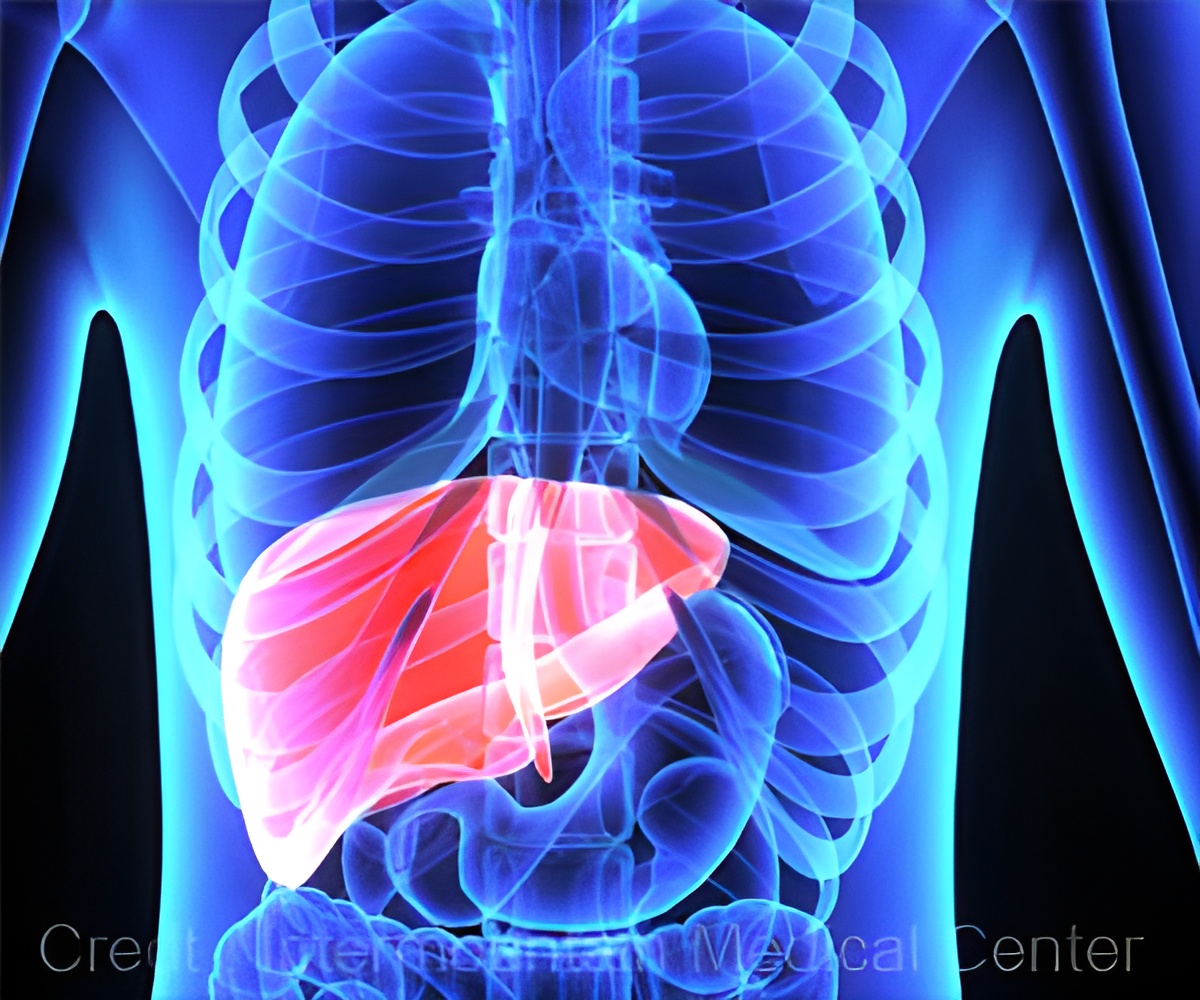
‘The rate of palliative care referral increased from 0.97% in 2006 to 7.1% in 2012.’
Tweet it Now
To investigate trends in the use of palliative care services in patients with end-stage liver disease hospitalized across the United States, a team led by Mayur Brahmania, MD, of Toronto General Hospital, University Health Network, analyzed information from the 2006-2012 National Inpatient Sample, a database that captures approximately 20% of all in-patient hospitalizations from 46 states.Of 39,349 patients in the analysis, palliative care consultations were performed for 1789 (4.5%) of patients. Hispanic race and lower socio-economic status were linked with lower palliative care referrals.
"The current study is one of the largest nationwide studies of palliative care referral in patients with end-stage liver disease. Although palliative care referrals in patients with end-stage liver disease is increasing, the rate of referrals is still very low," said Dr. Brahmania. "We must emphasize that palliative care is an approach that improves the quality of life of patients and their families facing the problems associated with life-threatening illness, through the prevention and relief of suffering by means of early identification and treatment of pain along with other physical and psychosocial issues."
Dr. Brahmania noted that there has traditionally been very little guidance for the use of palliative care in the setting of end-stage liver disease given the variable course of the disease, patients not appearing 'sick', or a lack of recognition of symptoms; however, palliative care is of significant value as patients experience an improvement in quality of life and better alignment of goals with their medical care. "We feel early concurrent palliative care could significantly benefit the patient with end-stage liver disease and practitioners providing this care must find ways to integrate palliative care with the possibility of life-prolonging therapy."
Advertisement














